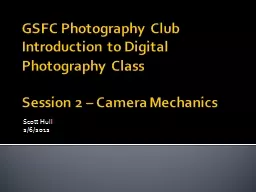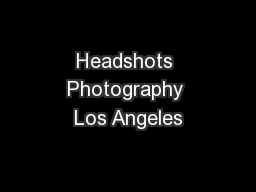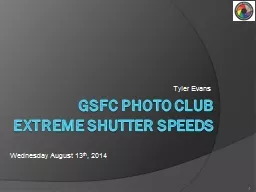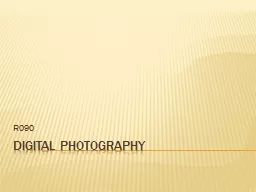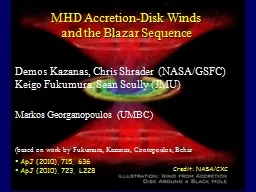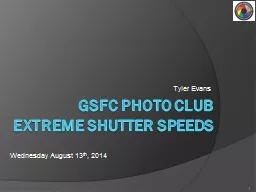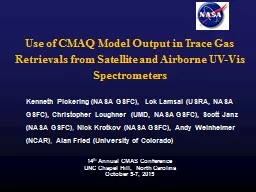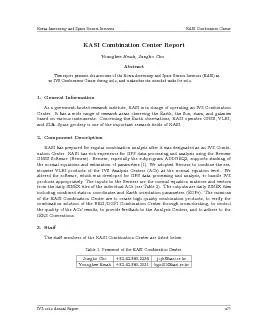PPT-GSFC Photography Club
Author : mitsue-stanley | Published Date : 2015-10-10
Introduction to Digital Photography Class Session 2 Camera Mechanics Scott Hull 262012 Agenda Terms Exposure Review Camera Types Camera Parts Memory Cards Camera
Presentation Embed Code
Download Presentation
Download Presentation The PPT/PDF document "GSFC Photography Club" is the property of its rightful owner. Permission is granted to download and print the materials on this website for personal, non-commercial use only, and to display it on your personal computer provided you do not modify the materials and that you retain all copyright notices contained in the materials. By downloading content from our website, you accept the terms of this agreement.
GSFC Photography Club: Transcript
Download Rules Of Document
"GSFC Photography Club"The content belongs to its owner. You may download and print it for personal use, without modification, and keep all copyright notices. By downloading, you agree to these terms.
Related Documents

